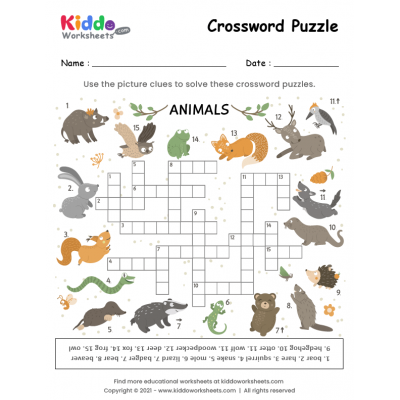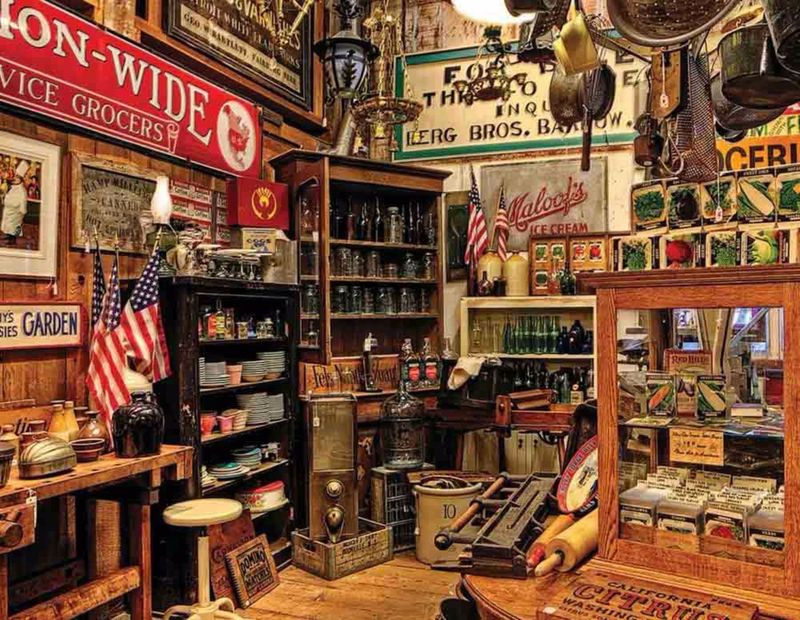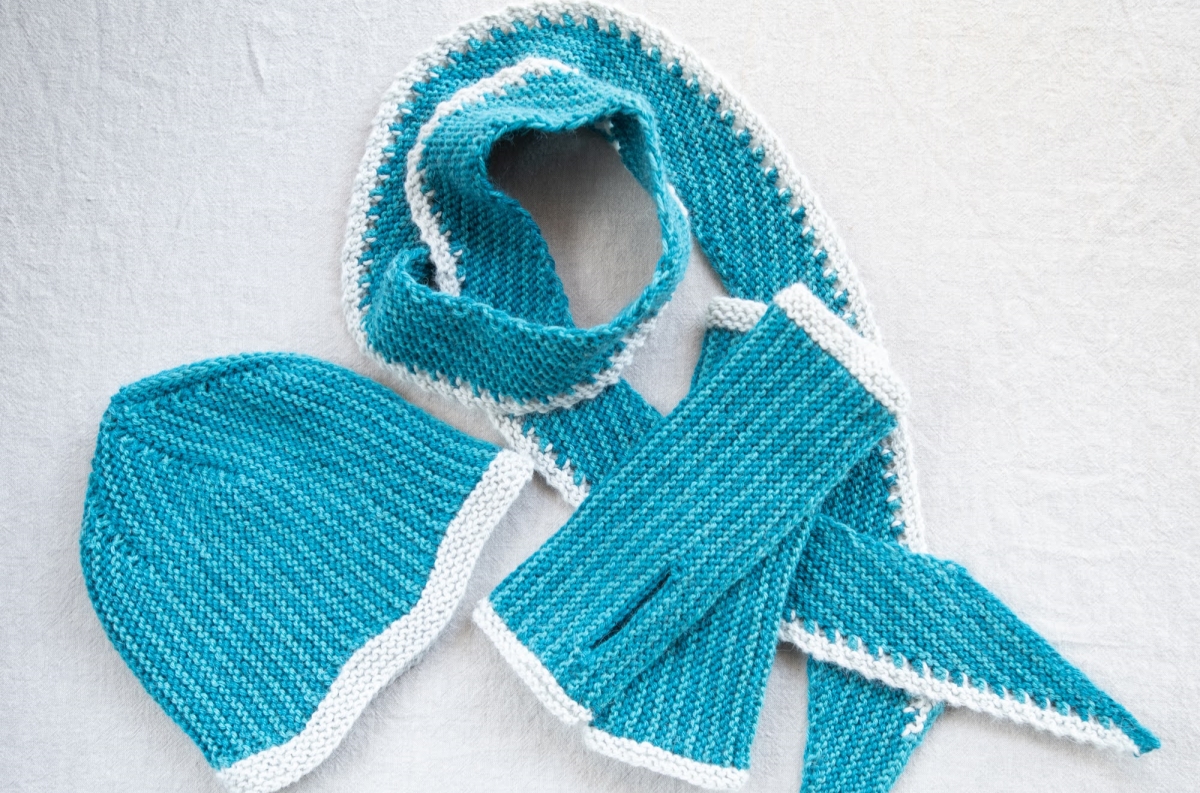
Two essential crafting supplies are required for decorating paper snowflakes. You will need two types paper: one lightweight and easy-to-cut, and one more sturdy. Wrapping or tissue paper is a good choice as it is easy to cut. It is however more difficult for crepe or heavier paper to be cut.
Tip: Try not to copy paper snowflake patterns
You should not copy existing patterns when decorating with paper snowflakes. To avoid making duplicates, you can visualize a slice from folded paper and draw a line connecting the points and valleys. This will help you to visualize the shape of the Snowflake.
There are many ways you can make paper snowflakes. Try different cuts to get a unique look.
Avoid making symmetrical snowflake patterns
If you are decorating with paper snowflakes, you can create a pattern without making them symmetrical. Make symmetrical snowflakes by cutting a cone shape, then folding the edge over. The arms will be formed by the top-angled edge, while the valley will be created by the folded edge. This fold can be used to make decorative holes between the arms. To make a snowflake look like a heart, cut a bow or a heart shape.

Making snowflakes can be done by folding a piece o paper several times. To create a pattern, you can either use templates or simply fold the paper in triangles. To create snowflakes, you can also use daisy paper. Another way to make snowflakes is by folding the paper in a circular shape.
Do not make snowflake patterns out of 3D paper
Avoid making 3D snowflake patterns when decorating with paper snowflakes. These patterns require square paper, which is easy to make. To make a 3D paper snowflake you will fold the top edge over to meet the longer edge. Then, trim the triangle at both the top and bottom. Square pieces of papers, however, don't require you to fold over the top edge.
In order to avoid making 3d snowflakes, you should cut them from the sides rather than from the center. This will result in sharper points. Besides, cutting from the side makes it easier to cut the snowflakes.
Make a template based on snowflake patterns
If you are decorating with snowflakes made of paper, it is helpful to create a template using the snowflake pattern you choose. You can do this by visualizing a snowflake that consists of twelve symmetrical slices. Each slice will have both a point or valley in it. You can create different shapes with this template, which will enable you to create the snowflake pattern of your choice when decorating with paper snowflakes.
There are many shapes and patterns for paper snowflakes. The number of times that they have been cut can affect how much variation there is. These patterns can be complex, simple, or deep.

You can create a template from crystal-inspired patterns
Make your own snowflakes using a template based on crystal-inspired designs. Download the template to print. You can use this template to make realistic paper snowflakes. To make your snowflakes look more realistic, you can cut off the point at the center of the paper, leaving a small hole at the center of the crystal.
Next, fold a sheet of paper into thirds. Use the bottom corner of the paper as a guide. Fold the top slightly against the side. The top will be divided into 2 triangles. With a pair Fiskars, cut a template from these patterns. It may be easier to cut the shapes out of thicker material.
FAQ
What are some great hobbies ideas?
Hobby Ideas for those who love to teach and learn.
Hobbies can be a great way to have fun and learn something new.
There are many kinds of hobbies. However, all have the same characteristics. They're often fun and easy to do.
They often involve helping others, such as teaching an instrument to someone or building an airplane model.
While you may not see yourself as a teacher at first, chances are that there is something you could do for someone else.
So if you want to be more creative in your life, consider starting a hobby where you can use your skills to help others.
What does it cost to have a hobby?
It costs nothing to start a hobby. If you are serious about your hobby it could take years before you achieve your goals.
There is one thing that will help you. It's called passion. If you feel passionate about your chosen field, you'll find it easier to put in the work required to achieve your goals.
Once you put in the hours, you might find yourself addicted to the activity. Here is the fun part! Because you're doing something you like and it keeps getting better. So by the end of the year, you will probably have made quite an improvement.
Do not worry about the time it takes. Just go ahead and try. You may be surprised!
How do you get started with your new hobby or interest?
The first step toward starting any new hobby is to decide what kind of activity you'd like to pursue.
Passion is essential once you have selected your subject.
It is essential to understand the reasons you want to start a hobby. This will help you find direction and a purpose.
Once you decide what kind of hobby you want, you can start planning.
Consider the equipment that you will need.
Consider whether you need to attend classes or seminars.
You should ensure that you have enough space to enjoy your hobby.
You might also consider joining a club. These groups offer support and advice.
Consider how much money you would have to spend on your hobby.
What are collection hobbies?
Books, movies music, comics and video games are some of the most popular collections.
Collect stamps, coins, cars, dolls and action figures as well as art supplies, tools, jewelry, watches, gadgets and furniture.
I believe you get the idea.
What are observation hobbies?
Observation hobbies are activities where you observe people doing what they do. This could be watching sports, reading books or going on holiday. You might also enjoy observing other people.
You can learn creativity through observation hobbies. You can apply this knowledge later on when you work with others.
You'll discover that it's easier to learn if there's a passion for something.
For instance, if football is something you are interested to know about, you can watch the game or read a book. To learn more about photography, it is possible to visit and take photos.
If you love to play music, there are two options: either buy a new guitar online or follow along with the songs.
If you love cooking, you can either cook your meals at home or order from a local restaurant.
If you like gardening, you could grow vegetables or flowers.
If you are a fan of dancing, you can join a class or go out with your friends to learn.
If you love painting, you can paint pictures.
Write poetry and stories if that is what you love to do.
You could also draw pictures if you enjoy drawing.
If you love animals, you could look after pets or work at a zoo.
If science interests you, you can study biology, chemistry or physics.
If you like history, you could read books, watch films or listen to podcasts.
If you like traveling, you could travel abroad or explore your local area.
What is a hobby that kids can do?
Hobby for children is anything they enjoy doing outside of work. Some kids like to build things, draw, paint, write, or play with toys.
Many parents worry that their kids will get into trouble when they're free to do what they want. But this isn't always true. They won't get into trouble if your child is safe and does not cause harm to others or themselves.
It is important to keep in mind that just because someone likes something, doesn't mean they will choose it every time. If they dislike writing but enjoy drawing pictures, they might opt to draw pictures.
There are lots of different types of hobbies out there, so it's really up to you to pick one that you enjoy most.
Statistics
- Almost 80% of people claim to have no hobby. (hobbylark.com)
- Much of this decline reflects the fact that teens are less likely to work today than in the past; among employed teens, the amount of time spent working is not much different now than it was around 2005. (pewresearch.org)
- This 100% accurate personality-analyzing hobby quiz discovers your passion based on your characteristics. (quizexpo.com)
- The intensity of the dialogue partners' bond at the end of the forty-five-minute vulnerability interaction was rated as closer than the closest relationship in the lives of 30 percent of similar students. (time.com)
- In comparison, men in the “no humor” condition were refused 84.6% of the time and were only accepted 15.4% of the time. (time.com)
External Links
How To
How to learn a musical instrument
If you want to learn how to play music, there are many ways to do so. You have the option of going to school, buying a book or taking lessons from someone who plays an instrument. Or, you can watch videos online. Here are some tricks and tips to help you find your way.
-
Find something you are interested in. If you don't like any of the instruments you see around, then you should try another one. If you don't like playing an instrument, it would be difficult to learn how to play it.
-
Be patient. It takes time to learn anything new. Don't expect to master everything right away. Instead, keep practicing every day.
-
Regular practice is important. Even if you feel tired, keep practicing. This will ensure that you won't forget what you learned.
-
Make sure you choose a safe place to practice. It is best to find a quiet space where you will not disturb others. You should also make sure there aren’t any distractions. Also, don't let loud music play near your home.
-
Have fun! Music should be enjoyed. It is important to have fun when practicing. Being happy will inspire you to keep practicing.
-
Set goals. Setting goals will help you to know exactly what your goal is. There is no excuse for failure.
-
Keep track of how you are doing. Notate all of your achievements and failures. You'll be able to learn and improve as you go.
-
Take breaks. Sometimes, you will just need to stop for a while. Taking breaks will give you time to think about things.
-
Ask questions. Ask for help if you are unsure or have questions about certain aspects of the instrument. They may be in a position to assist.
-
Learn by listening. Musicians often listen to music they like and try to imitate it. This allows them to grasp the basic concepts of the song.
-
Read books. Read books to learn more than just watching videos or learning from classes. Books can also provide information that is not available elsewhere.
-
Join a group. Playing with others forces you to practice more. Plus, you'll meet people with the same interests as you.
-
You can watch tutorials. Tutorials are short videos that explain various topics in great detail. Tutorials are short videos that focus on one part of the instrument. Tutorials can be helpful in understanding difficult parts of an instrument.
-
Try different methods. Some people prefer to learn via lectures while others prefer to read. Find what works best for your learning style.
-
Practice makes perfect. The truth is that nobody becomes an expert overnight. Instead, it takes time and effort to become proficient enough for you to succeed.
-
Learn from other musicians. Listening to your fellow musicians perform their favourite songs can help you learn quicker.